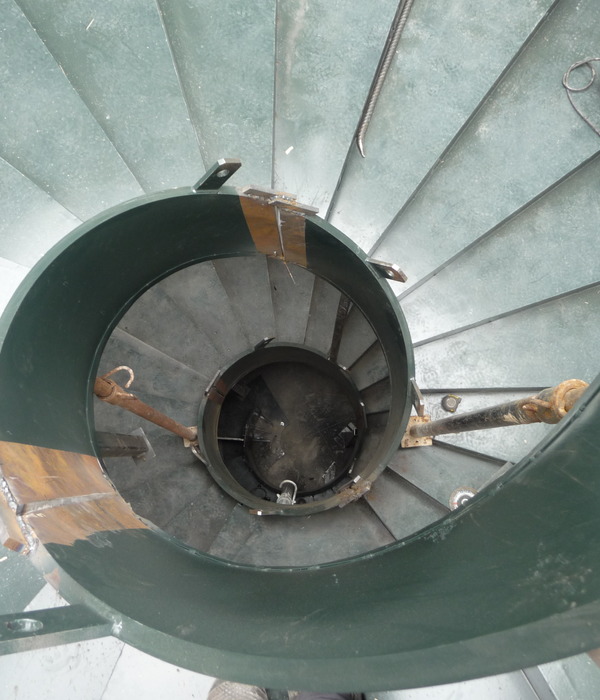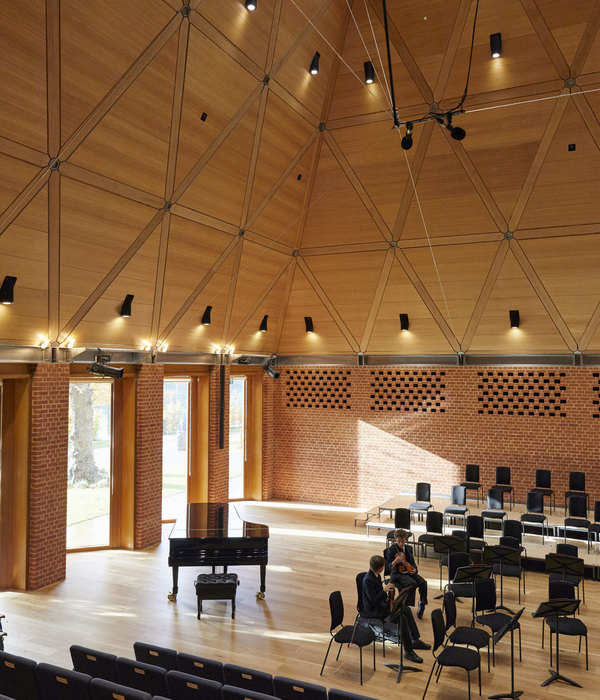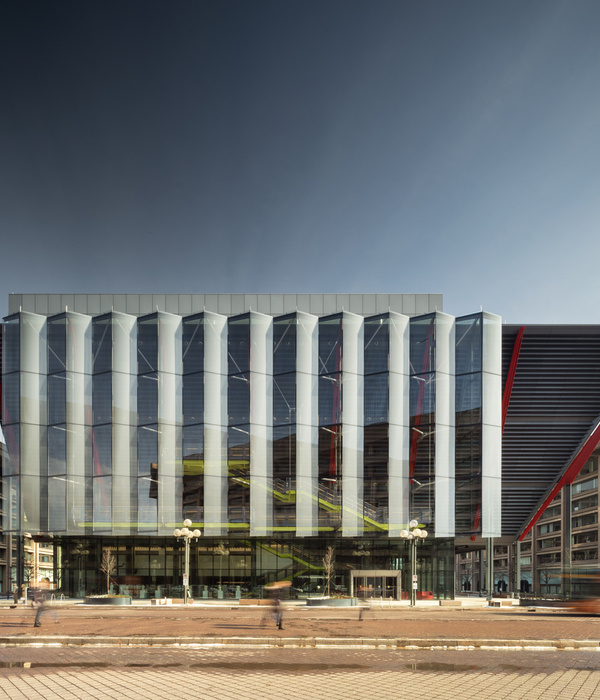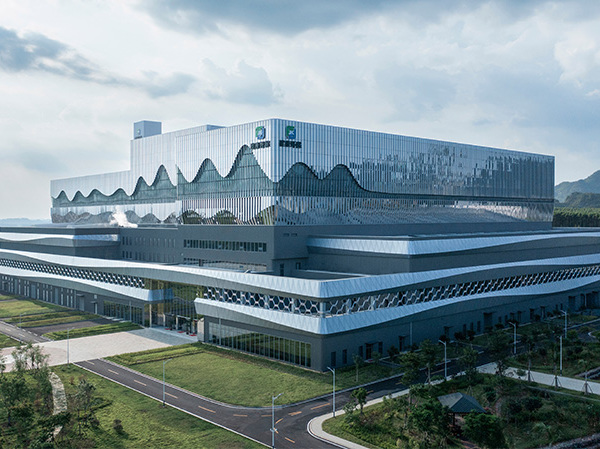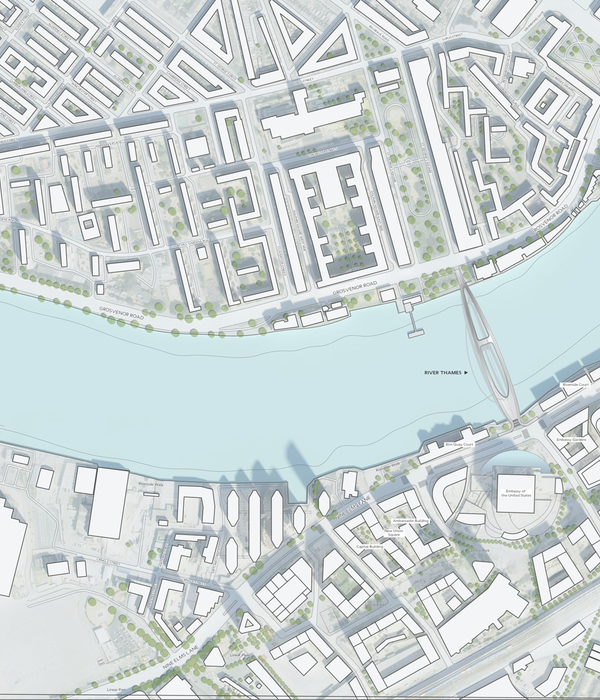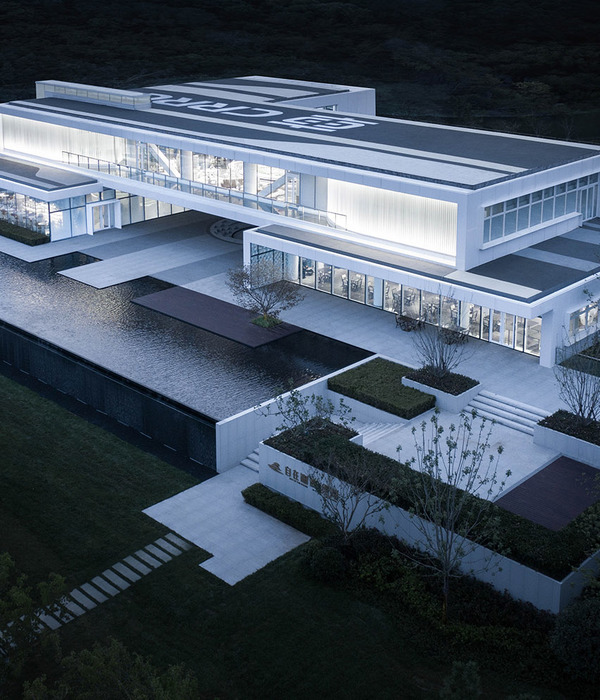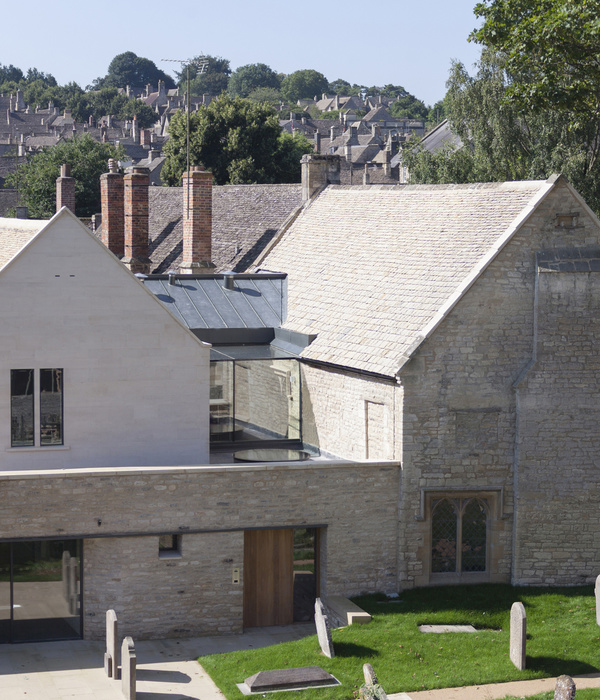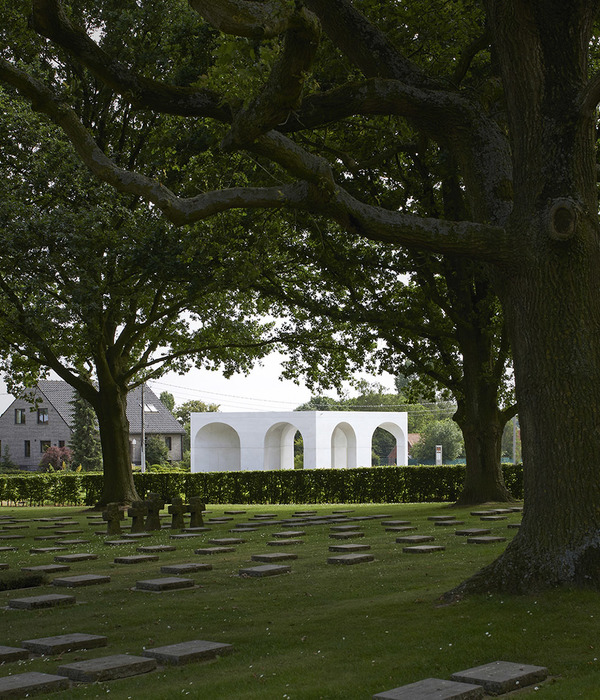To mark the launch of RIBA North in June 2017, Un-veiled visually and spatially interpreted the aims and purpose of the new national architecture centre.
The resulting pavilion in the Winter Gardens, a covered public area at the entrance to RIBA North, used curtains of mesh fabric, used on building site scaffolding, to create sections through some of the most iconic architectural structures across the Northern Powerhouse. Scale negatives of these buildings wafted in and out of focus as visitors walked through, beyond and within The Sage in Gateshead, Imperial War Museum North, Liverpool Catholic Cathedral and York Minster.
More than 400,000 visitors have seen the installation throughout the summer. Once de-installed the material has been recycled to create another installation within the space and elsewhere.
The Intervention has been designed, detailed and constructed by KHBT. In line with the RIBA's educational mission, architecture students from the John Moores University in Liverpool and the Manchester School of Architecture have supported the installation process.
As RIBA North is engaging the public in conversations and stories about architectural practice and buildings this was an opportunity to explore the notion of the design and the construction process itself where materials are compiled to become a building.
The installation drew on these integral elements of architecture, symbolised by a typical building site material that is used to create iconic structures. These structures became an immersive and accessible space within the entrance atrium of the Mann Island Building. The material used was a typical red mesh that usually covers building site scaffolding to protect the Architecture. The material also created a desired reference to the RIBA branding red.
The whole atrium has been filled with the mesh of which cavernous volumes had been cut out in the shape of typical iconic buildings of the North. The otherwise mundane material transformed into a precious artefact of the actual building itself which could be accessed and physically explored.
{{item.text_origin}}

